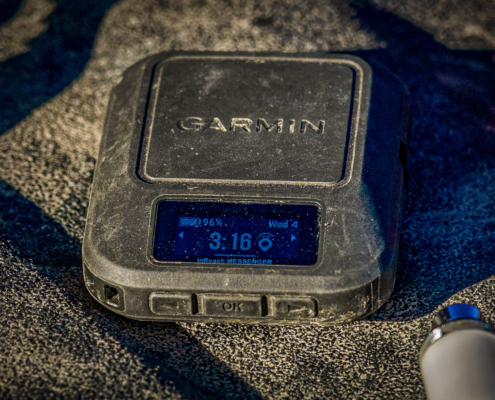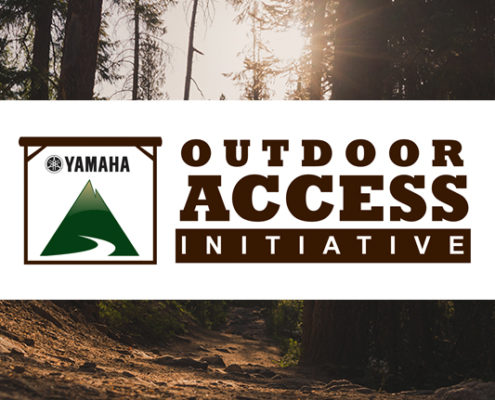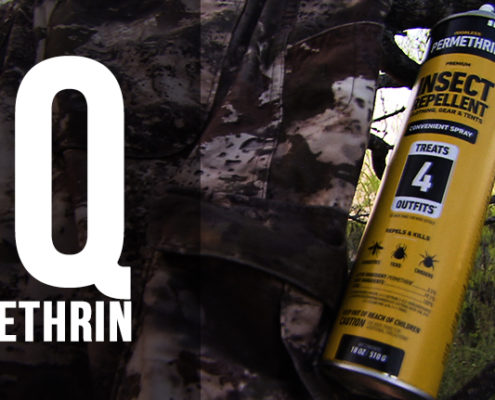Posts

Garmin inReach Messenger – Review
The Garmin inReach Messenger provides reliable communication in even the most remote areas when cell phones don’t have a signal.

Yamaha Outdoor Access Initiative Awards Over $115,000 in Third Quarter
Yamaha Eclipses $4 Million in Aiding Land Access for Outdoor…

Frequently Asked Questions about Permethrin – Part 1
We use Permethrin based insect repellents from Sawyer Products…
